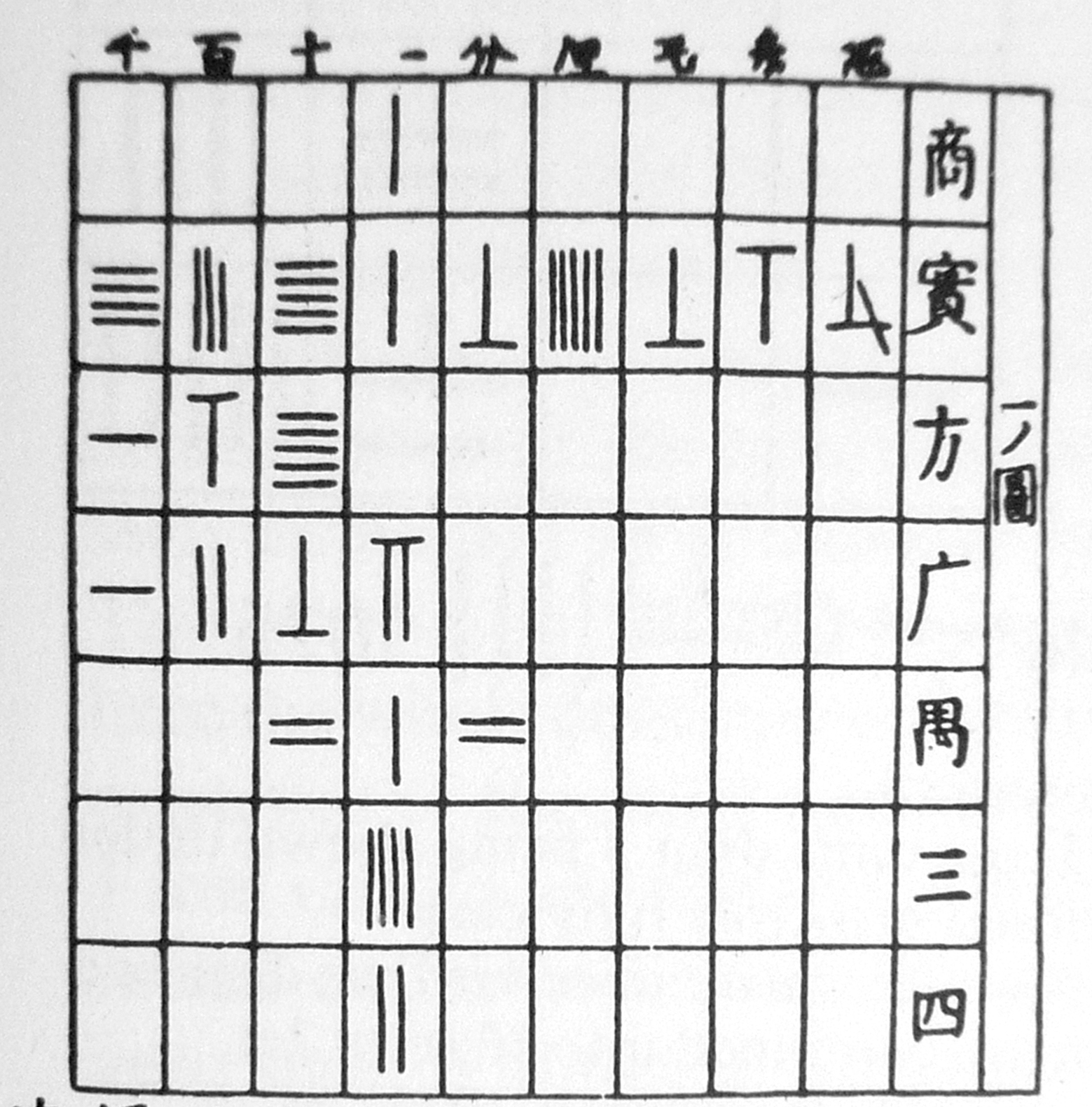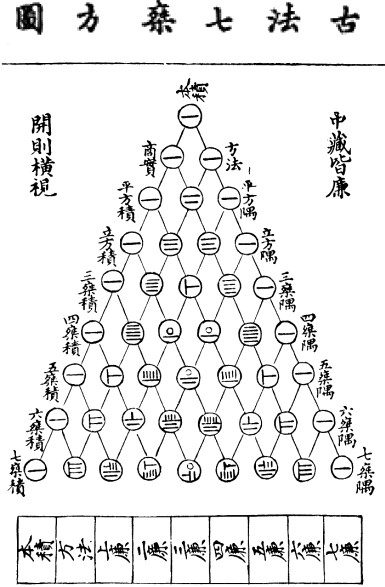
Decimal System: Fourteenth Century BCE
The decimal system originated in China and was used for thousands of years before western civilization began using the same base 10 number system. The earliest records of the Chinese using the decimal system was to represent dates, where one inspection wrote ‘547’ as ‘five hundred plus four decades plus seven of days.’ A probable explanation for such early usage of a base 10 number system is that the Chinese wrote in characters instead of using the alphabet, so there wasn’t the same temptation to give '10' its own symbol and so forth. The decimal system appeared centuries later in much of the world where it has become a fundemal piece of modern science.

